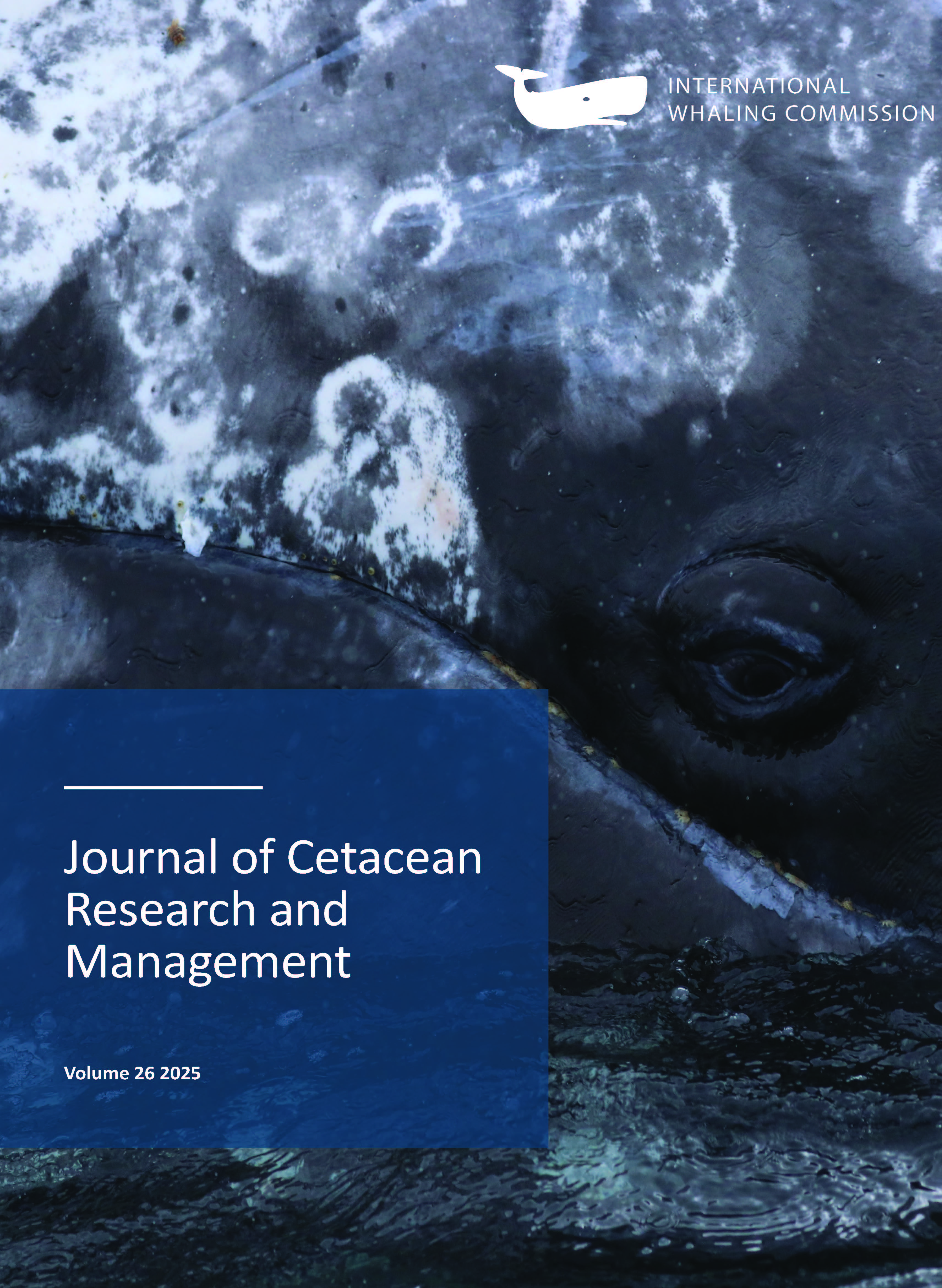Impacts of whale watching vessels on humpback whales and compliance with voluntary guidelines in Skjálfandi Bay, Iceland
Main Article Content
Abstract
A voluntary Code of Conduct was introduced by a group of Icelandic whale watching operators to promote sustainable whale watching practices and limit any harmful impacts on cetaceans. This study aims to identify impacts of whale watching vessels on the behaviour of humpback whales in Skjálfandi Bay and assess compliance with the voluntary Code of Conduct. Data were collected for three months onboard a whale watching vessel, including the vessel speed, the duration of encounters, the distance to any whale(s) and the number of vessels during encounters. Results show a significant relationship between directionality in whale movements and decreased time at the surface during encounters longer than 30 minutes. Directness index values indicate a change from whales swimming in a straight line to a more sinuous path during longer encounters. While whale watching vessels complied with the voluntary Code of Conduct to maintain the recommended distance from whales, the duration of encounters varied each month, with 60% of encounters in August lasting longer than the recommended 30 minutes. Ongoing education and stronger monitoring efforts could be applied to whale watching activities in Skjálfandi Bay to ensure sustainable practices throughout the summer season.
Article Details

This work is licensed under a Creative Commons Attribution-NonCommercial 4.0 International License.
You are free to:
- Share copy and redistribute the material in any medium or format
- Adapt remix, transform, and build upon the material
- The licensor cannot revoke these freedoms as long as you follow the license terms.
Under the following terms:
- Attribution You must give appropriate credit, provide a link to the license, and indicate if changes were made. You may do so in any reasonable manner, but not in any way that suggests the licensor endorses you or your use.
- NonCommercial You may not use the material for commercial purposes.
- No additional restrictions You may not apply legal terms or technological measures that legally restrict others from doing anything the license permits.

